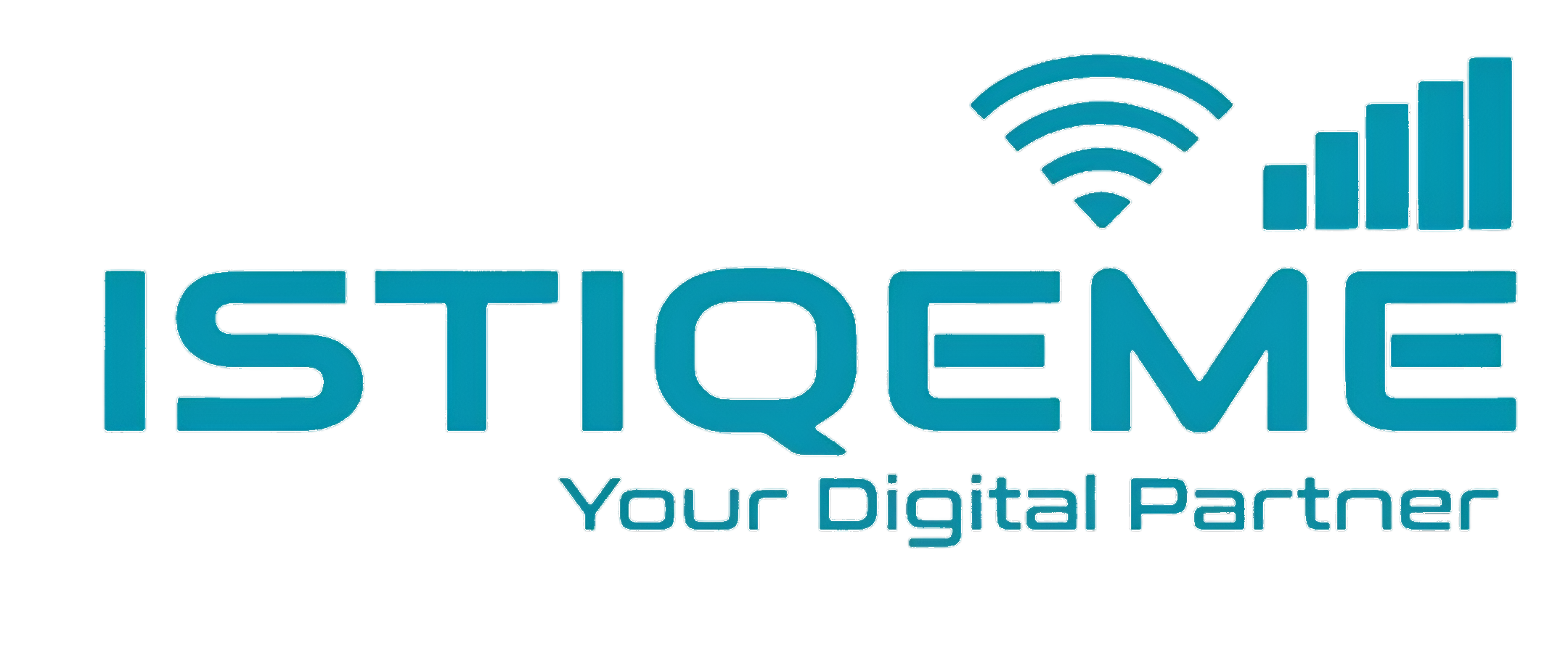The State Bank of Pakistan (SBP) has released its Quarterly Payment Systems Review for Q3-FY25, providing an in-depth look at the evolving landscape of retail and digital payments across the country. The data points to continued progress in Pakistan’s shift toward digital financial services, led by mobile app-based banking and the increasing adoption of the Raast instant payment platform. Here are the key highlights and takeaways from the review: Retail Payments Cross 2.4 Billion Mark, Driven by Mobile AppsRetail payment volumes reached 2.4 billion transactions in Q3-FY25, showing a 12% quarter-on-quarter increase, while the total value of these transactions rose to PKR 164 trillion (↑8%). The primary contributor to this growth has been the rising use of mobile banking applications offered by banks, branchless banking (BB) operators, and EMIs. Digital Channels Now 89% of Retail Payments by VolumeA key development this quarter is that digital payments surpassed 2 billion transactions, now comprising 89% of total retail payment volume. However, in terms of transaction value, digital still accounts for only 29% (PKR 48 trillion), while the majority — 71% (PKR 117 trillion) — continues to be conducted over-the-counter (OTC), via bank branches and agent networks. This contrast highlights that while consumers are increasingly using digital platforms for everyday transactions, larger-value payments are still predominantly routed through traditional channels. Mobile App-Based Payments See Double-Digit GrowthMobile banking applications processed 1.686 billion transactions amounting to PKR 27 trillion, reflecting 16% growth in volume and 22% in value compared to the previous quarter. These apps—offered by banks, BB providers, and EMIs—enable users to perform a range of financial activities, from fund transfers to bill payments, without physical visits to banking outlets. The number of registered users also saw healthy growth: Banking apps: 22.6 million users (↑7%) BB wallets: 68.5 million users (↑6%) EMI wallets: 5.3 million users (↑12%) Internet Banking Expands with 71 Million TransactionsInternet banking usage also increased, with the number of registered users rising to 14.1 million (↑7%). These users conducted 71 million transactions valued at PKR 9.6 trillion during the quarter. While the transaction volume and user base continue to grow steadily, the total value transacted saw only a modest increase. Decline in Branch-Based Payments, Uptick in Agent ActivityTraditional bank branches processed 144 million payments totaling PKR 115.7 trillion, reflecting a 3% decline in volume. In contrast, branchless banking agents facilitated 123 million payments worth PKR 0.9 trillion, showing a 6% increase. This shift further illustrates the growing role of agent-based services in reaching unbanked and underbanked segments. Raast Gains Momentum Across P2P and P2M SegmentsThe Raast instant payment system maintained its upward trajectory: P2P (Person-to-Person) transactions: 368 million (↑25%), valued at PKR 8 trillion (↑31%) P2M (Person-to-Merchant) transactions: 1.5 million, totaling PKR 4.5 billion (more than double from previous quarter) Merchants onboarded: 770,000+ These figures indicate strong adoption of Raast across both individuals and businesses. The platform’s speed, cost-efficiency, and real-time capability continue to make it an attractive option for small and mid-sized payments. Large-Value Transactions Through RTGS Reach PKR 347 TrillionPakistan’s Real-Time Gross Settlement (RTGS) system processed 1.5 million large-value transactions in the quarter, with a total value of PKR 347 trillion—a 5% increase over the previous period. This confirms consistent growth in institutional and interbank settlements through regulated channels. Conclusion: A Steady Shift Toward Digital FinanceThe Q3-FY25 review underscores Pakistan’s steady transition toward a digital-first financial ecosystem. While digital channels now dominate transaction volumes, a significant share of value remains with OTC modes, indicating the need for further trust-building, financial literacy, and infrastructure development. With the continued expansion of platforms like Raast and rising mobile app penetration, Pakistan’s payment ecosystem is positioned for deeper digital integration in the quarters ahead. Snapshot of Pakistan’s Payment Systems — Q3 FY25 vs Q2 FY25 🧾 1. National-Level Overview Indicator Q2-FY25 (Dec 2024) Q3-FY25 (Mar 2025) Change Population (millions) 241.5 241.5 – Currency in Circulation (PKR Bn) 9,115.9 10,261.0 ▲ 12.5% approx. 🔄 2. Payment Transactions Summary Category Q2-FY25 Q3-FY25 Change Volume (M) Value (PKR Tn) Volume (M) Value (PKR Tn) RTGS – PRISM 1.63 330.5 1.53 347.1 ▲ 5% in value, ▼ 6% volume Retail Payments – Total 2,147.8 151.9 2,407.8 164.5 ▲ 12% volume, ▲ 8% value ▸ Digital Payments 1,883.5 43.3 2,141.1 47.9 ▲ 14% volume, ▲ 11% value ▸ OTC Payments 264.3 108.6 266.7 116.6 ▲ Slight volume/value 📝 Digital continues to grow faster than OTC in both volume and value. 🏛️ 3. Payment Systems Infrastructure Institution Type Q2-FY25 Q3-FY25 Change Banks (incl. Islamic windows) 32 31 ▼ 1 Microfinance Banks (MFBs) 12 11 ▼ 1 PSOs/PSPs 5 5 – EMIs 5 6 ▲ 1 Branchless Banking Providers 16 16 – PRISM Participants 59 59 – 🏪 4. Payments Network Footprint Infrastructure Component Q2-FY25 Q3-FY25 Change Bank & MFB Branches 19,110 19,170 ▲ 60 BB Agents 703,972 722,361 ▲ 18,389 ATMs 19,519 19,851 ▲ 332 CDMs/CCDMs 753 863 ▲ 110 PoS Machines 151,646 179,383 ▲ 27,737 PoS Enabled Merchants 115,177 140,861 ▲ 25,684 Registered E-Commerce Merchants 8,932 9,129 ▲ 197 Retail/Kiryana Merchants 679,745 778,936 ▲ 99,191 📝 Significant growth in PoS terminals and merchant onboarding supports rising digital enablement. 📲 5. Digital Channels & User Base (in millions) Channel/Instrument Q2-FY25 Q3-FY25 Change Internet Banking Users 13.3 14.1 ▲ 7% Mobile Banking Users 21.1 22.6 ▲ 7% Call Center / IVR Users 42.1 42.8 ▲ Slight BB Mobile App Users 64.3 68.5 ▲ 6.5% EMI E-Wallets 4.7 5.3 ▲ 12.8% Payment Cards (Credit/Debit) 55.7 57.5 ▲ 3.2% 📊 Snapshot of Payment Systems – Q2 vs Q3 FY25 Category Q2-FY25<br>(End Dec 2024) Q3-FY25<br>(End Mar 2025) Change (QoQ) Volume (Million) Value (PKR Trillion) Volume (Million) Value (PKR Trillion) RTGS – PRISM 1.63 330.5 1.53 347.1 ▼ 6% (Volume), ▲ 5% (Value) Retail Payments (Total) 2,147.8 151.9 2,407.8 164.5 ▲ 12% (Vol), ▲ 8% (Val) ▸ Digital Payments 1,883.5 43.3 2,141.1 47.9 ▲ 14% (Vol), ▲ 11% (Val) ▸ OTC Payments 264.3 108.6 266.7 116.6 ▲ Slight in both Vol & Val
